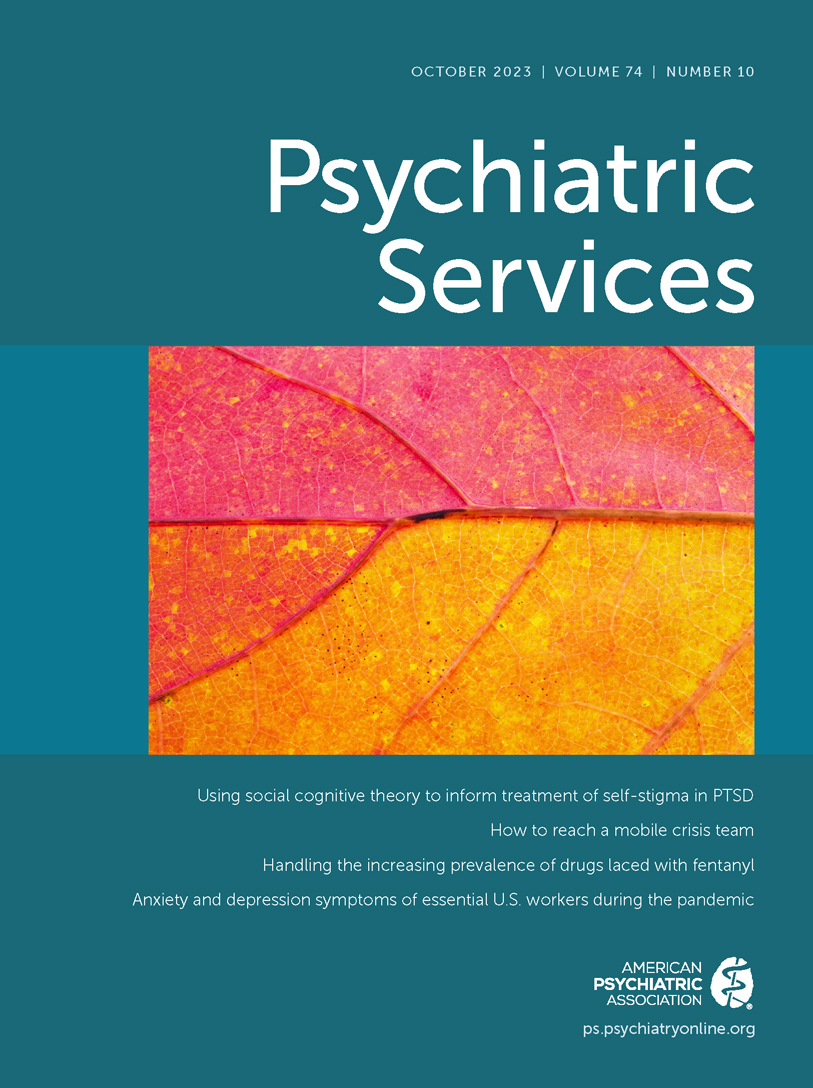Abstract
Objective:
The COVID-19 pandemic motivated rapid expansion of virtual care. In Winnipeg, Canada, the authors launched a virtual psychiatric acute care ward (vWARD) to divert patients from hospitalization through daily remote treatment by a psychiatry team using telephone or videoconferencing. This study examined vWARD patient characteristics, predictors of transfer to a hospital, use of acute care postdischarge, and costs of the vWARD compared with in-person hospitalization.
Methods:
Data for all vWARD admissions from March 23, 2020, to April 30, 2021, were retrieved from program documents and electronic records. Emergency department visits and hospitalizations in the 6 months before admission and the 30 days after discharge were documented. Logistic regression identified factors associated with transfer to a hospital. Thirty-day acute care use after discharge was modeled with Kaplan-Meier curves. A break-even cost analysis was generated with data for usual hospital-based care.
Results:
The 132 vWARD admissions represented a diverse demographic and clinical population. Overall, 57% involved suicidal behavior, and 29% involved psychosis or mania. Seventeen admissions (13%) were transferred to a hospital. Only presence of psychosis or mania significantly predicted transfer (OR=34.2, 95% CI=3.3–354.6). Eight individuals were hospitalized in the 30 days postdischarge (cumulative survival=0.93). vWARD costs were lower than usual care across several scenarios.
Conclusions:
A virtual ward is a feasible, effective, and potentially cost-saving intervention to manage acute psychiatric crises in the community and avoid hospitalization. It has benefits for both the health system and the individual who prefers to receive care at home.
Access content
To read the fulltext, please use one of the options below to sign in or purchase access.- Personal login
- Institutional Login
- Sign in via OpenAthens
- Register for access
-
Please login/register if you wish to pair your device and check access availability.
Not a subscriber?
PsychiatryOnline subscription options offer access to the DSM-5 library, books, journals, CME, and patient resources. This all-in-one virtual library provides psychiatrists and mental health professionals with key resources for diagnosis, treatment, research, and professional development.
Need more help? PsychiatryOnline Customer Service may be reached by emailing [email protected] or by calling 800-368-5777 (in the U.S.) or 703-907-7322 (outside the U.S.).



